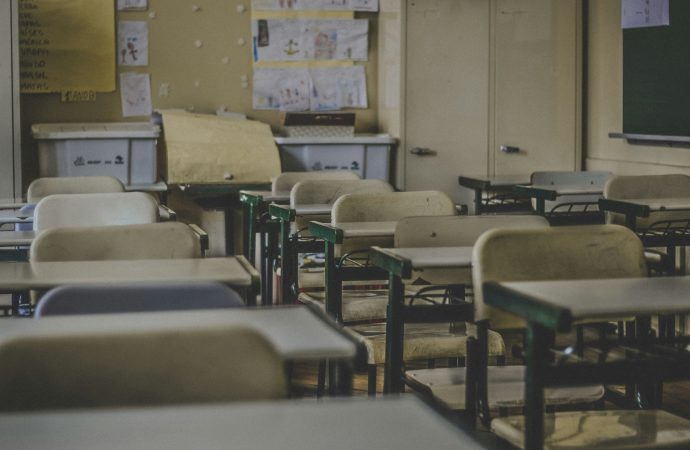Classes began at the highly secured and protected campus of the American University of Afghanistan (AUAF) in Kabul on August 24, even as tensions continued over the earlier abduction of two of the university’s professors.
Suddenly there was the sound of an explosion, and the mayhem began, with 700 young scholars closeted in classrooms as militants attacked the American-financed private university, an institution of education for elites.
The final casualty count was 16 killed and 58 wounded; two professors and eight students were among the dead. Condemnation of the attack and condolences for the deceased poured in from the Afghan government and the international community in a show of outstanding support for the protection and promotion of education, the most essential element for ensuring the futures of nations.
The incident was certainly an attack on freedom and on the future generation and development of Afghanistan, halting a nation-building process. Yet ongoing attacks on hundreds of Afghan primary and secondary schools, equally important for securing Afghanistan’s future, have not drawn such global attention. News reports have paid little attention to the immediate danger to Afghanistan’s basic education system: primary and secondary schooling, the stepping stone to post-secondary education.
Public schools across the country are not security-protected and, thus, are vulnerable to attacks. Violence such as the use of IEDs, landmines, suicide bombs, rocket attacks, burning of schools, and occupation of school buildings by the national armed forces and the Taliban as bases of war — all these have forced hundreds of school closures.
Student attendance rates have declined and drop-out rates, especially among girls, are rising due to heightening insecurity. Teachers and education personnel are killed, injured, and abducted. Female students are poisoned, burned with acid, and killed. International condolences rarely stream in for the dead, the injured, and the disfigured.
The horror and abuse that children and teachers are subjected to, and the loss of their hopes and freedom, merely make local and occasionally national news in Afghanistan; they are noted in UN reports but are hardly ever profiled in the international media. For example, the only institution in Afghanistan protecting the right to education for the blind was used as the launching ground for the American University attack, resulting in the destruction of classrooms and the Braille printing press. This was noted by Human Rights Watch but was featured in no international news outlets.
Much more attention from national and international governments is required to protect and promote universal primary and secondary schooling if Afghanistan’s future is to be secured, given that primary and secondary school graduation are prerequisites for transition to post-secondary education. The Afghan government and the international donor community, which have jointly invested billions of dollars, largely for promotion of primary education as a part of Afghanistan’s reconstruction program, are in denial of the dangers that public schools encounter.
Their claims of increasing enrollments in schools do not take into account school closures, dropouts, or absentee students. Rather than basking in the glory of these false statistics, we need a new beginning for the education system through public acknowledgement of the real threats to education for the vulnerable. Planning a secure space for delivery of education and learning should follow, so Afghan children can truly celebrate the back-to-school season.
This article was originally published in The Ottawa Citizen on 26 September 2016.









